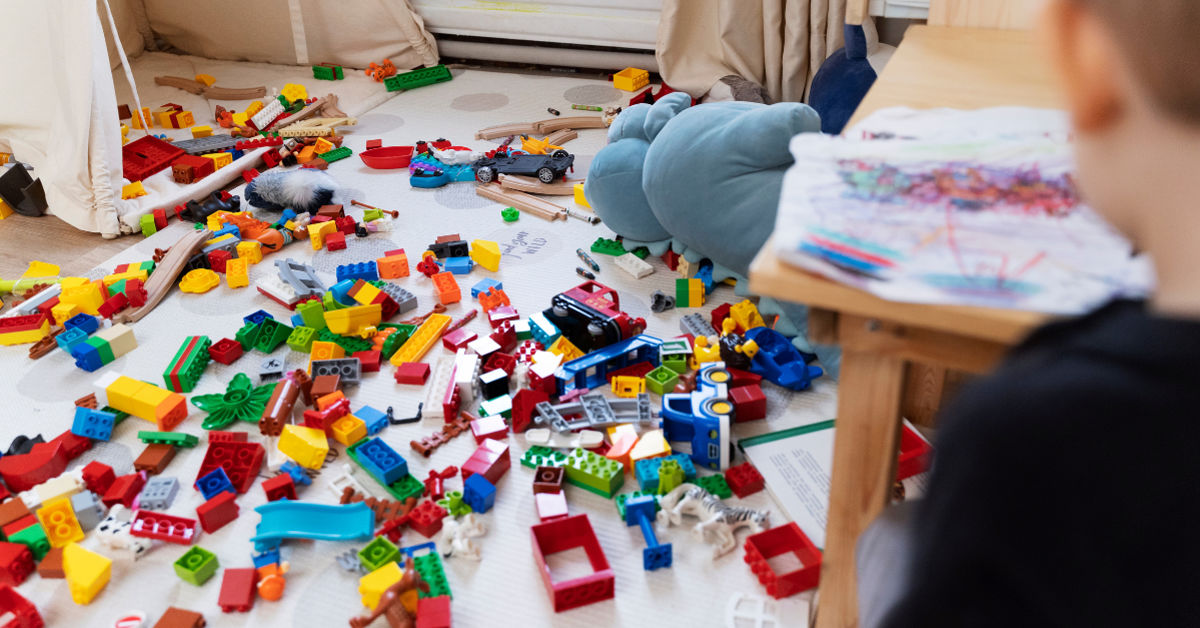Do you ever recall getting lost in a world of childhood imagination, armed with just a toy and an open mind? Toys have always nurtured our creativity and growth, but few people realize how many beloved toys began during the Industrial Revolution. This remarkable period didn’t only revolutionize factories and infrastructure—it also transformed our playrooms. In this article, we’ll explore toys that were invented during the Industrial Revolution, uncovering their origins, evolution, and influence on childhood development.
Get ready to dive into rich history, surprising facts, and playful insight into the roots of your favorite toys.
The Industrial Revolution: A Playground of Innovation
Stretching from roughly 1760 to 1840, the Industrial Revolution introduced mass production, machinery, and transportation breakthroughs. These advances made toys more accessible, affordable, and better crafted.
Why This Era Was a Turning Point
- Mass production: Factories could create identical products quickly and cheaply.
- Standardized parts: Toys became safer and more interchangeable.
- New materials: Metal, tin, and molded wood became widespread in toy manufacturing.
- Global trade: Toys reached more households thanks to improved shipping networks.
Toys shifted from homemade heirlooms to mass-produced items available to middle-class families for the first time.
1. The Tin Soldier
Origins and Popularity
Tin soldiers became street-soldier staples in 19th-century Europe, made by pouring molten tin into molds. They captured kids’ imaginations with depictions of military uniforms, cannons, and cavalry.
Why They Mattered
- Detailed craftsmanship and realistic designs.
- Encouraged imaginative war scenarios and storytelling.
- Affordable and collectible for burgeoning middle-class families.
2. Mechanical Tin Toys
Automatic Movement Magic
Mechanical tin toys used clockwork mechanisms—wind-up gears created movement. They included walking robots, animals, and cars.
Industrial Impacts
- Uniform parts enabled mass-market production.
- Invention of the spring and cog system.
- Established the concept of toys that ‘came alive’.
3. Model Trains and Railways
Railways Made Miniature
As real railways expanded, electric or steam-powered toy trains arrived for children in the late 19th century. Makers like Märklin and Hornby delivered miniature rails, platforms, and signal posts.
Cultural Impact
- Reflected fascination with trains and infrastructure.
- Great family toys combining building and storytelling.
- Set the stage for future toy model industries.
4. Wooden Building Blocks
Learning Through Play
Blocks date back centuries, but Industrial revolution mills allowed consistent wooden blocks for homes and schools. Educational reformers like Friedrich Froebel highlighted them in kindergarten.
Contribution to Child Development
- Boosted spatial reasoning and motor skills.
- Bridges, houses, towers—all in miniature.
- Influenced future construction toy lines.
5. Dolls and Miniatures
From Handmade to Manufactured
Portable dolls and dollhouses were once handmade. Industrialization changed that: porcelain heads, plastic limbs, and realistic clothing became widespread.
Why Insignificant No More
- Reflect current fashions and roles.
- Provided role-play for emotional and social growth.
- Set standards for future toy realism.
Table: Toys Invented During the Industrial Revolution
| Toy Type | Approximate Invention Date | Key Features | Impact on Modern Toys |
| Tin Soldiers | Early 19th century | Molded tin, painted uniforms, interactive miniature wars | Inspired collectible action figures |
| Mechanical Tin Toys | 1860s–1880s | Clockwork gears, wind-up movement | Precursor to automata and robotics |
| Model Trains | 1860s onwards | Miniature steam/electric trains, rails, station pieces | Foundation for model hobby industry |
| Wooden Building Blocks | Mid-19th century | Uniform blocks for educational play | Basis for modern construction toys |
| Mass-Produced Dolls | Late 19th century | Porcelain heads, fabric clothing, larger dollhouses | Developed today’s articulated character dolls |
How Toys Evolved: Then and Now
Here’s how innovations of that era shaped modern play:
- Mass production made toys affordable.
- Standard parts introduced consistency and safety.
- Mechanical design led to interactive toys.
- Educational focus encouraged play-based learning.
- Miniaturization sparked future model hobbies.
The Educational Legacy of Building Blocks
Friedrich Froebel’s 1837 kindergarten curriculum highlighted block play for teaching geometry, logic, and cooperation. Standardized wooden blocks made these ideals practical for wide adoption.
Today’s Eames blocks, magnetic cubes, and STEM kits all trace their roots to those simple wooden sets.
The Charm of Tin Toys: Why They Still Matter
Tin soldiers, mechanized animals, and toy trains reflect a unique era where craftsmanship met mechanics. These toys are now collectibles, museum pieces, and nostalgic items.
Modern automaton toys and mechanical art installations owe their creativity to these early tin creations.
The Adoption of Dolls as Miniatures
Industrial-era dolls didn’t just look like people—they dressed, lived, and played like them. Dollhouses recreated real-life rooms and serve as childhood environments, fostering empathy, socialization, and identity-building.
Today’s Barbie, American Girl, and collectible fashion dolls stand on these Victorian-era shoulders.
Table: Development Themes in Toys
| Theme | Early Examples | Modern Equivalent |
| Mass production | Tin soldiers, model trains | Plastic action figures, Hot Wheels |
| Mechanical movement | Clockwork toys | RC vehicles, robotics kits |
| Educational play | Wooden blocks, Froebel kindergarten | STEM toys, logic puzzles |
| Miniaturized role-play | Dollhouses, porcelain dolls | Miniature figure sets, Playmobil |
| Collectibles and displays | Tin soldiers, train sets | Funko Pop!, collectible figurines |
Reviving Industrial-Era Toys Today
Enthusiasts and modern brands bring legacy toys back with updated formats:
- Museums and heritage markets: Reproductions of tin soldiers and model trains.
- Artisan woodworkers: Handcrafted wooden blocks for niche families.
- Retro toy lines: Replicas inspired by tin and mechanical toys.
These bring nostalgia and tradition to today’s tech-driven toy landscape.
Conclusion
Toys that were invented during the Industrial Revolution did more than entertain—they reshaped childhood. From tin soldiers to model trains, wooden blocks to dolls, these toys brought mechanics, storytelling, and education into play.
Their spirit endures in today’s digital, customizable, and STEM-focused toys. When you see a Lego brick click into place or a robot follow commands, you’re witnessing strands of innovation woven into a long legacy.
Enjoyed this look into toy history? Subscribe for more about how societal shifts shape playtime traditions. Or share your own memories of treasured childhood toys in the comments below.
Frequently Asked Questions (FAQ)
What toy was first mass-produced during the Industrial Revolution?
Tin soldiers and mechanical tin toys were among the first toys to be widely mass-produced in factories during the early to mid-1800s.
Why did wooden blocks become educational tools?
Educational innovators like Froebel used them to teach geometry and teamwork, and factory production made them widely available.
Are tin toys safe for children today?
Original tin toys may have sharp edges or lead paint. Modern replicas are safer, but vintage pieces are more collectible than playable.
Do any toy lines today draw inspiration from industrial-era designs?
Yes, brands like Playmobil, Lego and model train manufacturers continue mechanical and block play traditions.
Where can I find vintage toys for collection?
Antique shops, auctions, museums and specialty online marketplaces often feature restored tin soldiers, train sets and 19th-century wooden toys.







